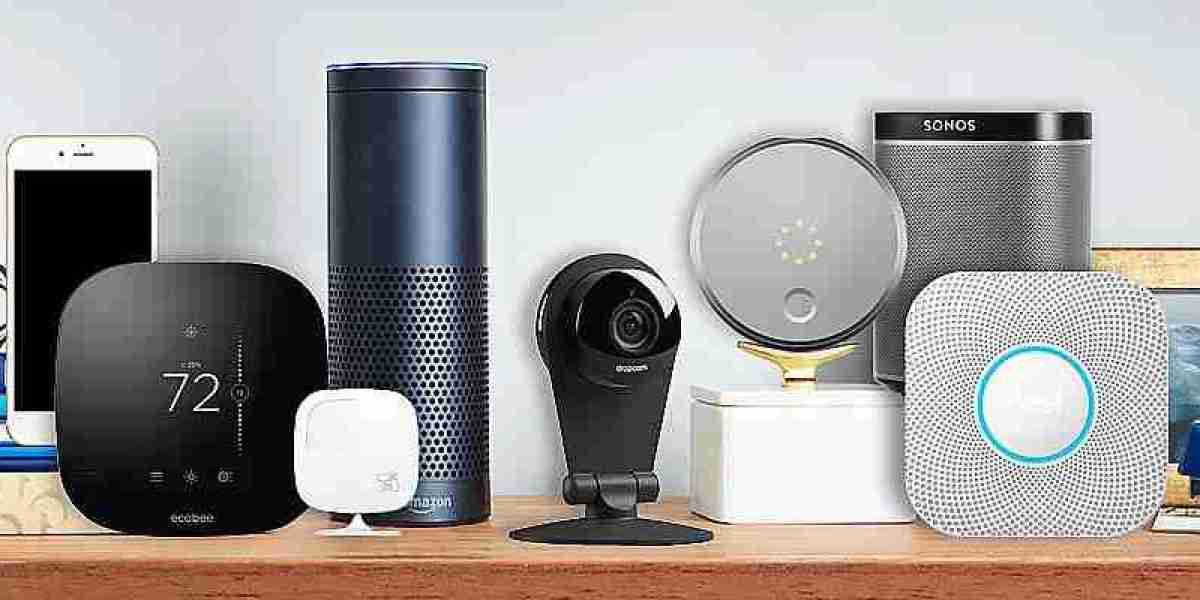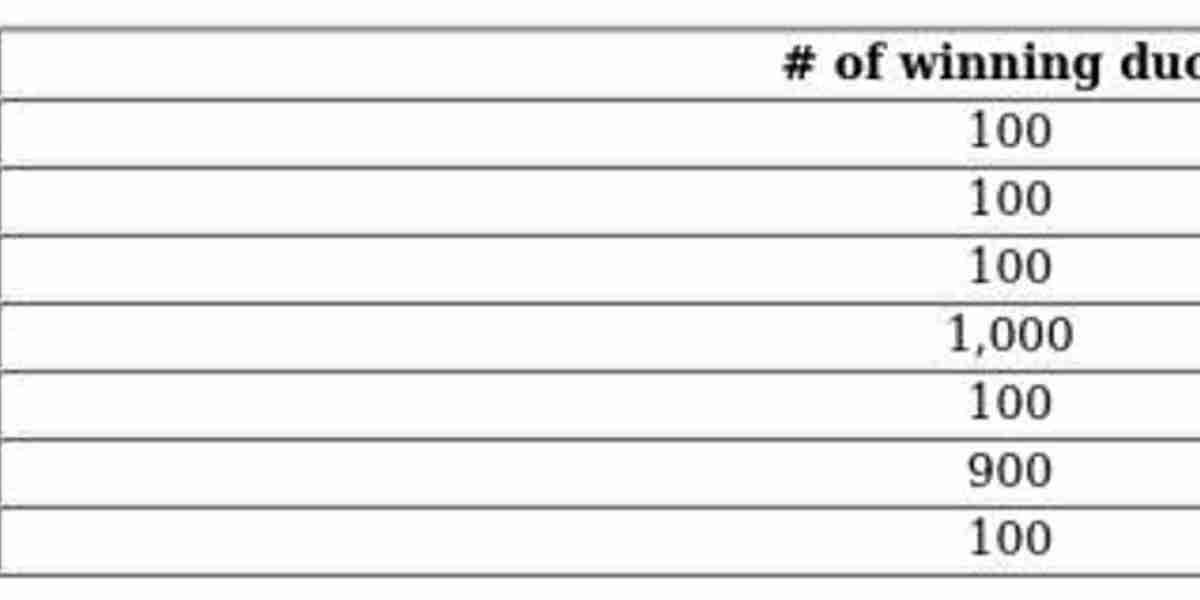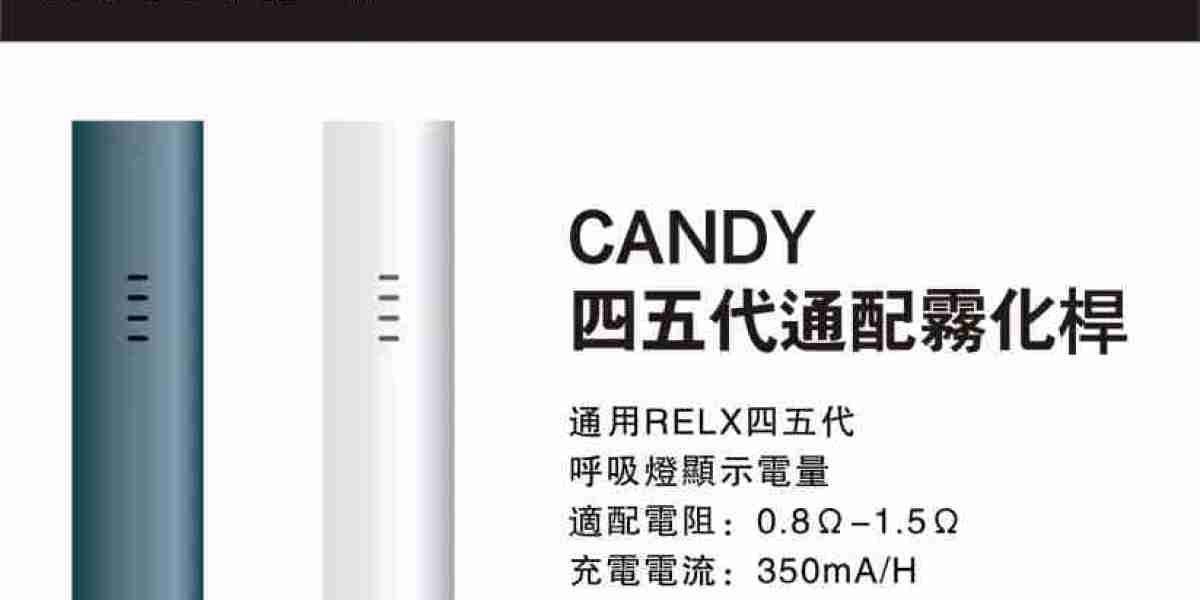The smart home devices market is rapidly expanding, driven by technological advancements, increasing consumer awareness, and a growing demand for convenience, security, and energy efficiency. As more households adopt smart technologies, the global market continues to evolve, offering innovative solutions that transform traditional homes into intelligent ecosystems.
Current Market Overview
In recent years, the smart home devices market has witnessed substantial growth. According to industry reports, the global market was valued at over $90 billion in 2023 and is projected to surpass $180 billion by 2030, growing at a CAGR of around 10–12%. North America remains the largest market due to high disposable income, tech-savvy consumers, and established infrastructure. However, Asia-Pacific is expected to register the highest growth, fueled by urbanization, rising incomes, and digitalization in countries like China and India.
Key Product Segments
The market comprises several device categories, including smart speakers, lighting systems, thermostats, security systems, kitchen appliances, and home entertainment. Among these, smart security systems—such as video doorbells, motion detectors, and surveillance cameras—lead the market due to growing concerns around home safety.
Smart speakers like Amazon Echo and Google Nest Hub have also become central hubs in smart homes, controlling multiple devices through voice commands. Smart lighting and thermostats, offering energy-efficient and automated control, are gaining popularity due to environmental consciousness and energy-saving benefits.
Technology and Connectivity Trends
The rise of IoT (Internet of Things) has been a catalyst for the market. Connectivity standards like Wi-Fi, Zigbee, Z-Wave, and Bluetooth have enabled seamless integration of devices within homes. AI and machine learning play an increasingly important role in predictive analysis and personalized automation, enhancing user experience. Voice assistants like Alexa, Siri, and Google Assistant are being embedded into a growing number of devices, making voice interaction more accessible and reliable.
Drivers of Growth
Several factors contribute to the booming smart home devices market:
Consumer Demand for Convenience: Devices that automate daily tasks, such as robot vacuums or smart ovens, save time and enhance comfort.
Energy Efficiency: Smart thermostats and lighting reduce energy consumption, aligning with eco-friendly initiatives and lowering utility bills.
Security and Safety: Real-time alerts, remote monitoring, and integrated emergency responses provide peace of mind to homeowners.
Integration and Ecosystem Expansion: Brands like Apple, Amazon, and Google are building entire ecosystems that promote cross-device compatibility and ease of use.
Challenges and Barriers
Despite the growth, there are notable challenges:
High Initial Cost: Advanced smart devices can be expensive, limiting adoption in price-sensitive markets.
Privacy and Security Concerns: Data breaches and unauthorized access to personal information raise apprehensions among consumers.
Interoperability Issues: Devices from different brands may not work well together, making integration difficult for some users.
To address these issues, industry players are investing in security protocols and promoting open standards like Matter—a unified connectivity standard backed by major tech companies—to improve interoperability and consumer trust.
Future Outlook
The future of the smart home devices market looks promising. With 5G rollout, faster and more reliable connectivity will unlock new possibilities for real-time device communication. As AI becomes more advanced, smart homes will move beyond automation to true intelligence—anticipating user needs, adapting to behavioral patterns, and learning continuously.
Additionally, the integration of renewable energy systems and smart grids will further align smart homes with sustainability goals. In the coming years, we can expect more affordable solutions targeted at mass adoption, especially in emerging markets.
Conclusion
The smart home devices market is on a strong growth trajectory, reshaping the way people live, work, and interact with their environments. With continuous innovation, competitive pricing, and a focus on user-centric design, smart homes will become the norm rather than the exception in the near future.




